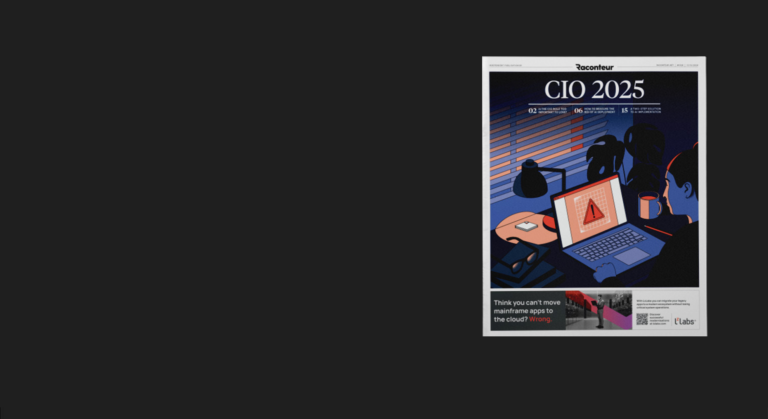Mainframe migration to modern Linux environments presents a unique set of challenges and opportunities, especially in the realm of security. With organisations increasingly looking to modernise their infrastructure, understanding the nuances of this transition is crucial for the leadership and the migration team.
Why is this relevant to the CIO?
As guardians of the organisation’s data and IT infrastructure, CIOs are acutely aware of the importance of robust security measures. The transition to a modern environment with its modern security practices offers an opportunity to enhance data protection, meet compliance requirements, and mitigate risks more effectively – on just one platform.
Migration and Security: Concerns vs. Benefits
One of the primary concerns in mainframe application migration, respectively mainframe data migration, is the significant difference in security models between traditional mainframes and Linux environments. Mainframes are known for their fine-grained security control, offering detailed access levels like row- and column-level security in databases. In contrast, typical Linux applications may have more generalised security models, often limiting themselves to only a handful of roles. But Linux can go further and support all the necessary concepts to replicate such fine-grained models when approached thoughtfully.
Migrating to a Linux environment allows organisations to leverage the benefits of distributed systems and advanced identity and access management solutions. These systems offer more flexibility and opportunities, including streamlining processes, when managing user access and policies across different environments, eventually enhancing security and operational efficiency.

Considerations for Secure Migration
The process of migrating mainframe security models to Linux can be broached using various strategies, each tailored to the specific needs and contexts of a given migration project:
- Full Migration: This involves a comprehensive transfer of all users, their credentials, groups, security policies and permissions from the mainframe to the Linux environment. It’s a cautious approach, ensuring no aspect of security is overlooked.
- Selective Migration: In some cases, it’s more practical to migrate only the necessary components of the security model. This strategy relies on understanding which users, groups and policies belong to different applications or data. Based on this, only the necessary subset of users and groups, including policies relating to them, gets filtered out and migrated.
- Integration with Modern Security Practices: The migration process also opens opportunities to integrate more modern security practices and tools, enhancing the organisation’s overall security posture.
Conclusion
Migrating applications and data from a mainframe to a Linux environment is more than a mere technological shift; it’s a strategic move that can significantly enhance an organisation’s agility and security posture. By understanding the intricacies of mainframe security models and adopting a tailored migration strategy, organisations can ensure a secure and efficient transition to modern infrastructure. With careful planning, continuous monitoring, and integration of state-of-the-art security practices, the journey from mainframe to Linux can lead to a more secure and dynamic future.
For further insights, watch the replay of our recent expert talk with Simon Rupf and Nick Hampson for an in-depth view of the subject matter.




